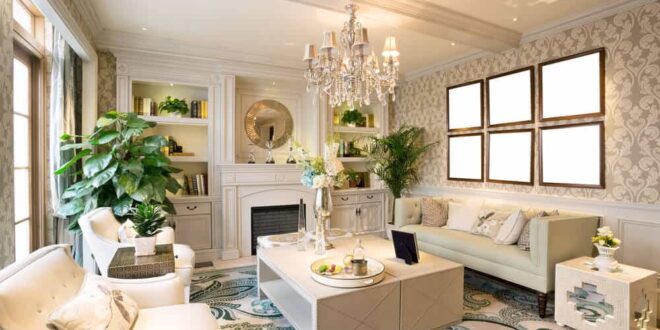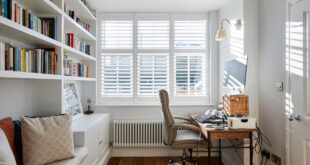Transforming Your Living Room Gallery with the Perfect Picture Lights
Creating a captivating gallery wall in your living room is more than just hanging artwork; it’s about showcasing your personal style and bringing your cherished pieces to life. And what better way to do that than with strategically placed picture lights? They’re not just functional; they’re an integral part of the overall aesthetic, adding depth, drama, and a touch of sophistication to your living space. But with so many options available, how do you choose the right picture lights to complement your art and enhance your living room’s ambiance?
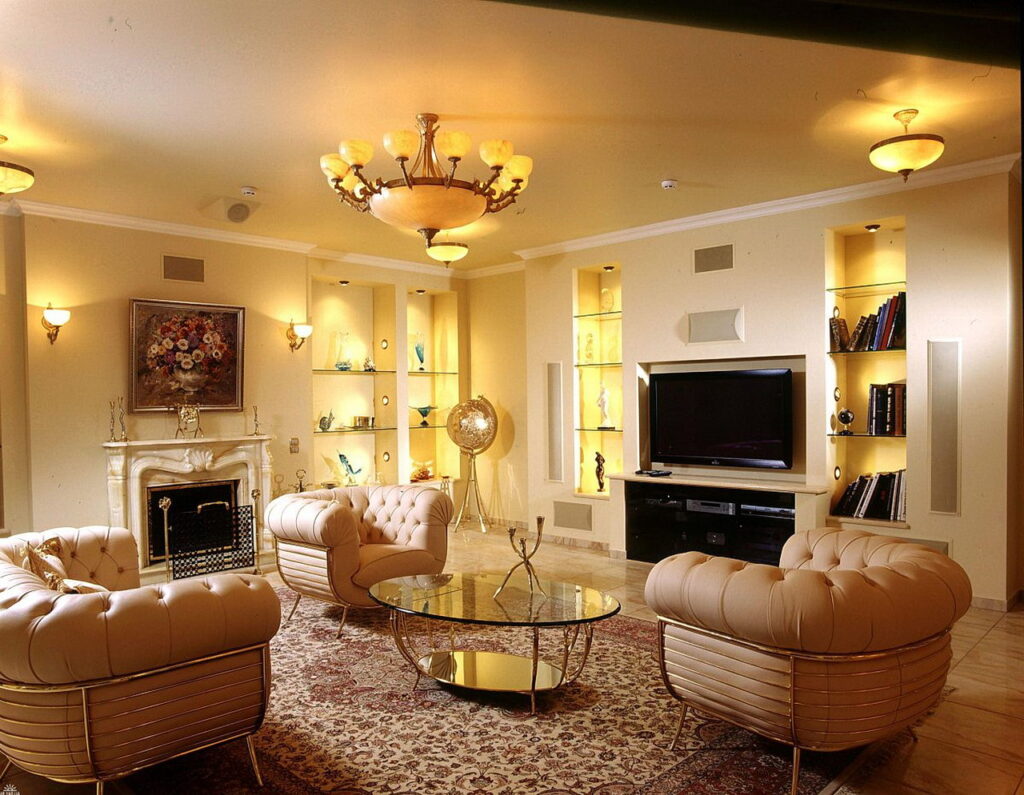
This comprehensive guide will delve into the world of picture lights, exploring everything from different types and styles to installation tips and considerations. Whether you’re a seasoned art collector or just starting to curate your own personal gallery, this guide will provide you with the knowledge and inspiration you need to illuminate your art and transform your living room into a stunning showcase.

Understanding the Importance of Picture Lighting
Before diving into the specifics, let’s understand why picture lighting is so crucial. Artwork, regardless of its medium, deserves to be seen in its best light (pun intended!). Proper lighting not only allows you to appreciate the colors, textures, and details of your art but also protects it from damage. Here’s why picture lights are non-negotiable for any serious art display:
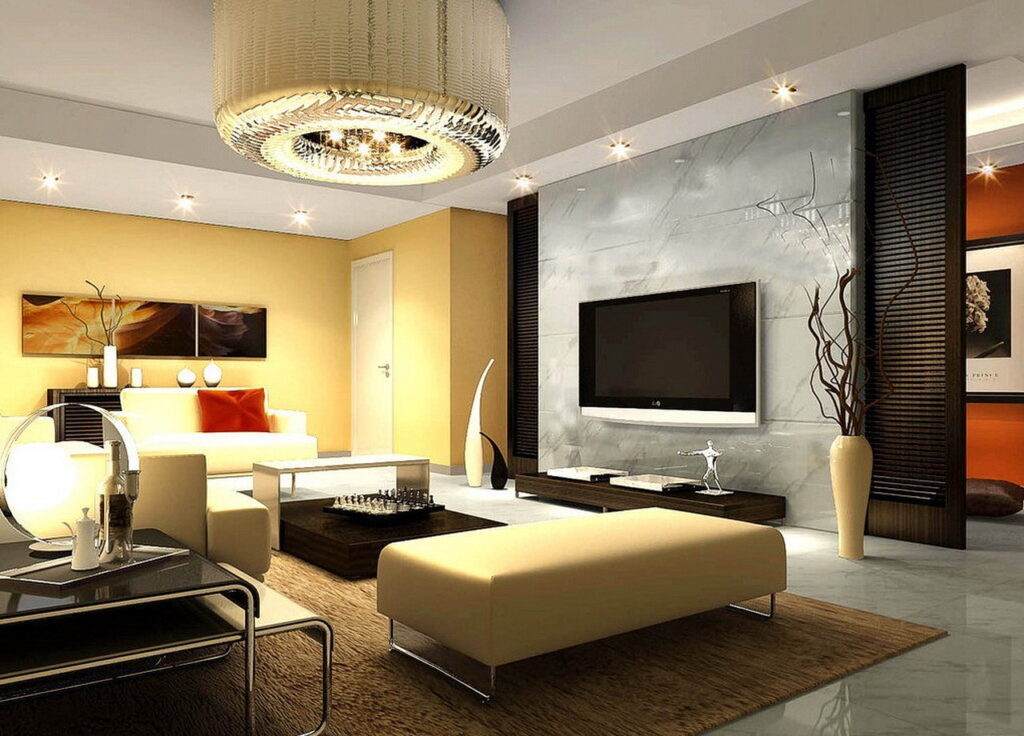
- Enhanced Aesthetics: Good lighting brings out the richness and vibrancy of colors, accentuates textures, and creates depth, making your artwork visually appealing. Imagine a beautifully rendered oil painting suddenly popping with life thanks to strategically placed lighting.
- Protection from Damage: Exposure to direct sunlight or harsh artificial light can fade or damage artwork over time. Picture lights with UV filters can minimize this risk, preserving your investment for years to come. Think of it as sunscreen for your priceless art collection.
- Creating Ambiance: Picture lights can contribute to the overall mood and atmosphere of your living room. They can highlight specific pieces, creating focal points and drawing the eye to different areas of the room. It’s all about setting the stage for your art to shine.
- Focus and Appreciation: By directing light specifically onto the artwork, you encourage viewers to focus and appreciate the details and nuances of each piece. It’s like putting a spotlight on the artist’s vision.
Types of Picture Lights: A Comprehensive Overview
The world of picture lights is vast and varied, offering a range of options to suit different art styles, room décor, and personal preferences. Understanding the different types of picture lights is the first step in making an informed decision. Here’s a breakdown of the most common types:

Traditional Picture Lights
These are the classic picture lights that have been used for decades. They typically consist of a long, thin bar with a light source mounted on it. They are usually attached directly to the frame of the artwork or mounted on the wall above it.
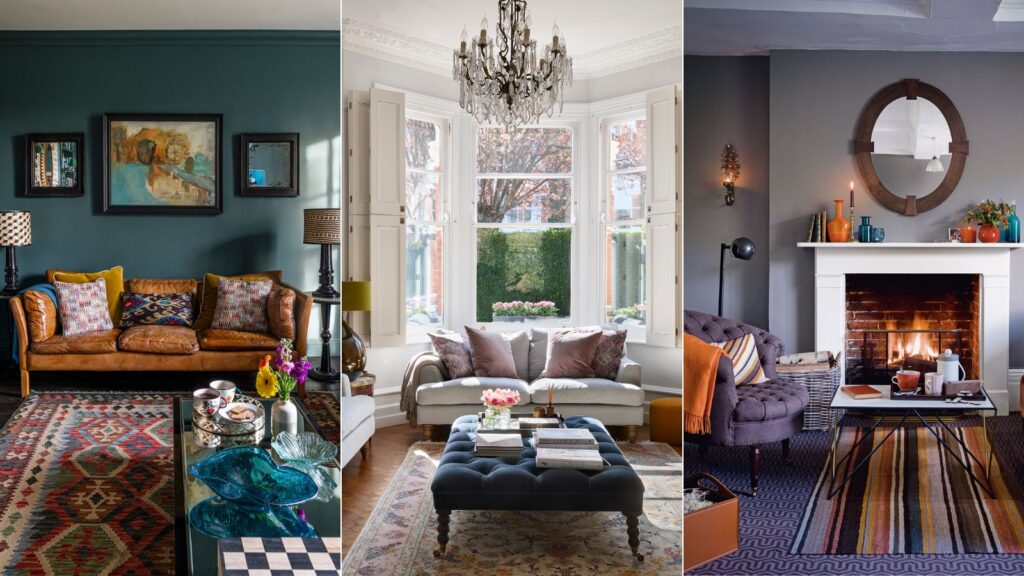
- Pros: Traditional look, relatively inexpensive, easy to install.
- Cons: Can be bulky, limited adjustability, may not be suitable for all types of artwork.
- Ideal For: Traditional art styles, oil paintings, framed prints.
LED Picture Lights
LED picture lights are the modern alternative to traditional lights. They use LED bulbs, which are energy-efficient, long-lasting, and produce minimal heat. They are available in a variety of styles, from sleek and minimalist to more ornate and decorative.

- Pros: Energy-efficient, long-lasting, produce minimal heat, wide range of styles, excellent color rendering.
- Cons: Can be more expensive than traditional lights, may require a transformer.
- Ideal For: All art styles, especially those that are sensitive to heat or light, modern and contemporary décor.
Battery-Operated Picture Lights
These lights offer a convenient and flexible solution for lighting artwork, especially in areas where wiring is not possible or desirable. They run on batteries, making them easy to install and move around as needed.
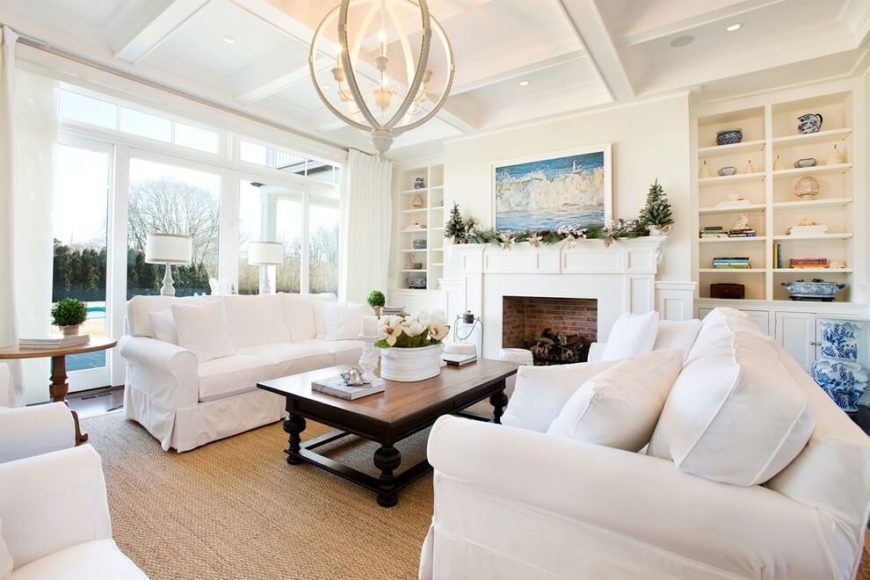
- Pros: Easy to install, no wiring required, portable, ideal for renters or those who want to avoid electrical work.
- Cons: Batteries need to be replaced regularly, may not be as bright as other types of lights, limited run time.
- Ideal For: Temporary art displays, renters, small artwork, areas where wiring is not feasible.
Clip-On Picture Lights
These lights are designed to clip directly onto the frame of the artwork. They are typically small and lightweight, making them ideal for smaller pieces or for creating a more discreet lighting effect.
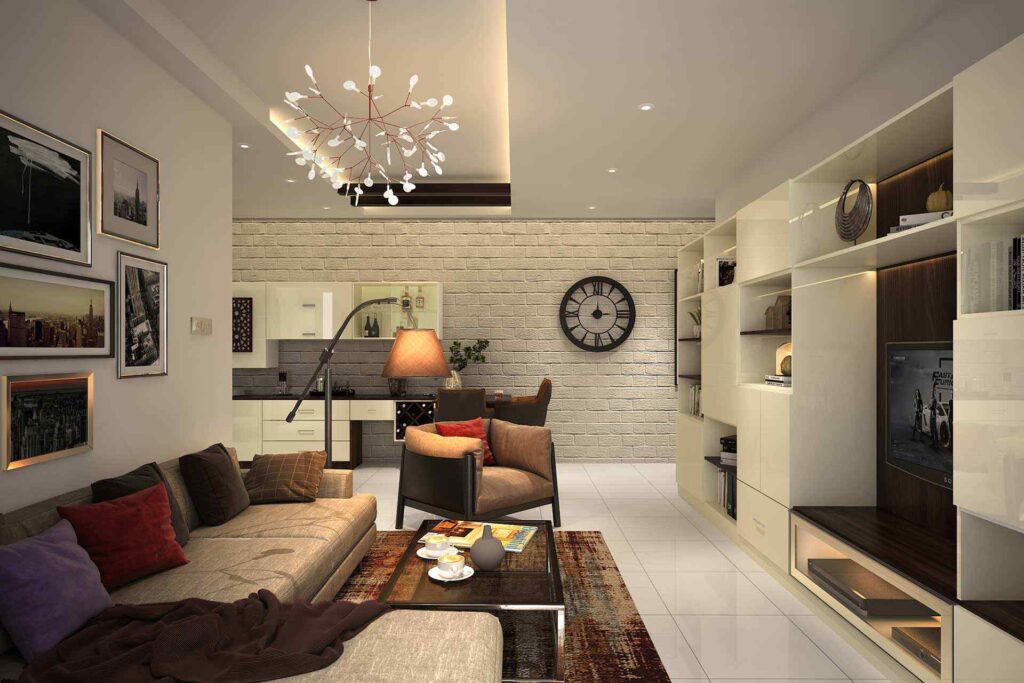
- Pros: Easy to install, adjustable, inexpensive, ideal for smaller artwork.
- Cons: May not be suitable for all frame styles, can be less secure than other types of lights, limited light output.
- Ideal For: Small prints, photographs, drawings, artwork with narrow frames.
Recessed Picture Lights
These lights are installed into the ceiling, providing a more discreet and integrated lighting solution. They can be angled to direct light onto the artwork, creating a dramatic and focused effect.
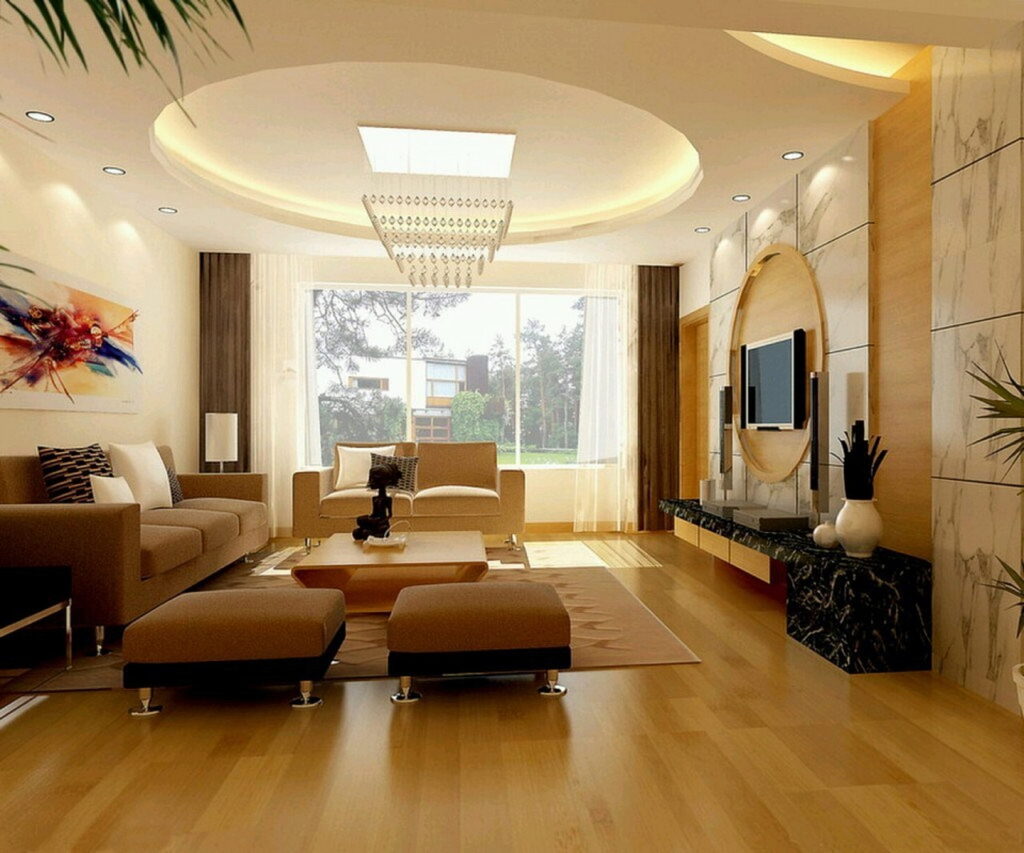
- Pros: Discreet, integrated look, adjustable, can be used to highlight multiple pieces of artwork.
- Cons: Requires professional installation, more expensive than other types of lights, may not be suitable for all ceilings.
- Ideal For: Modern and contemporary décor, large art collections, creating a gallery-like atmosphere.
Track Lighting
Track lighting consists of a track that is mounted on the ceiling or wall, with multiple light fixtures that can be attached to the track. This allows for flexible and adjustable lighting, making it ideal for highlighting multiple pieces of artwork.
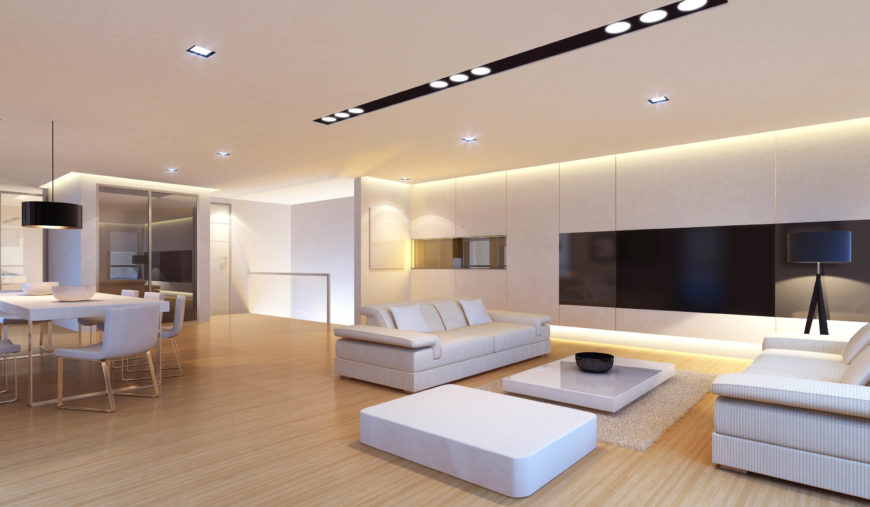
- Pros: Flexible, adjustable, can be used to highlight multiple pieces of artwork, wide range of styles.
- Cons: Can be visually obtrusive, requires professional installation, can be expensive.
- Ideal For: Large art collections, gallery walls, modern and contemporary décor.
Choosing the Right Picture Light for Your Artwork and Living Room
Now that you know the different types of picture lights available, let’s discuss how to choose the right one for your artwork and living room. Consider these factors:
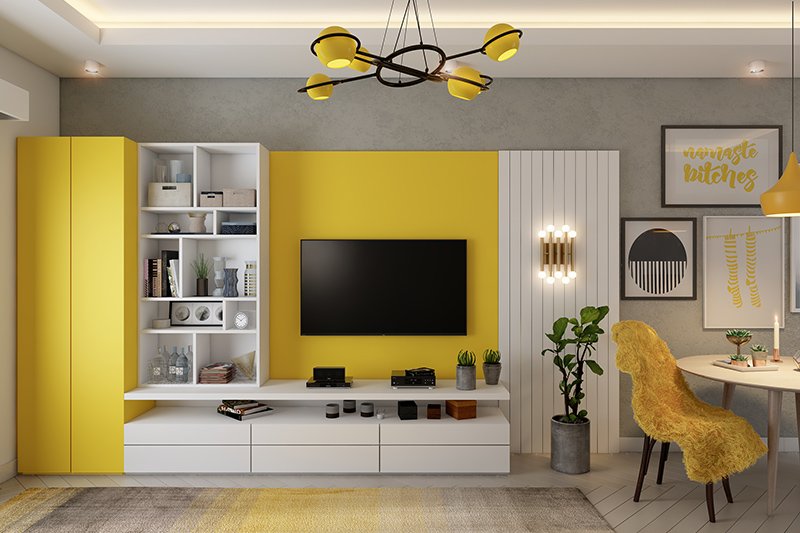
Art Style and Size
The style and size of your artwork will influence the type of picture light you choose. For example, a large oil painting may require a more powerful light than a small watercolor. Similarly, a traditional piece of art may look best with a traditional picture light, while a contemporary piece may benefit from a sleek LED light.

Room Décor
The picture light should complement the overall décor of your living room. If you have a modern living room, you may want to choose a minimalist LED light. If you have a more traditional living room, you may prefer a classic picture light with a brass finish.
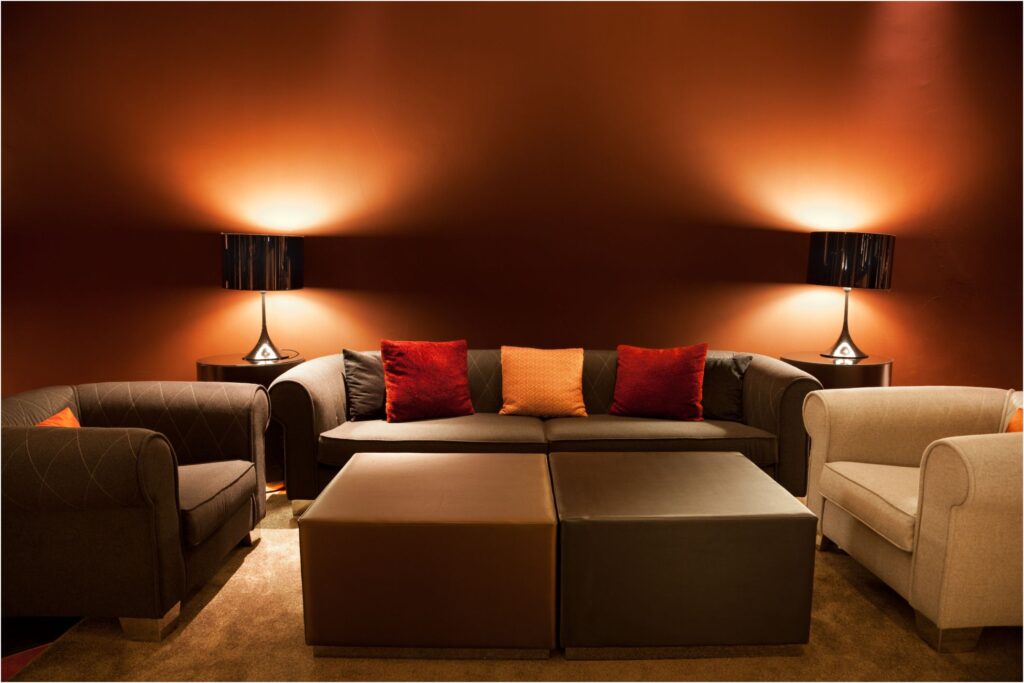
Light Output and Color Temperature
The light output and color temperature of the picture light are important considerations. The light output should be bright enough to illuminate the artwork without being overwhelming. The color temperature should be chosen to complement the colors in the artwork. Warm light (2700-3000K) is ideal for traditional art, while cool light (4000-5000K) is better suited for contemporary art.
Adjustability
Choose a picture light that is adjustable so you can direct the light exactly where you want it. This is especially important for artwork with complex textures or details.
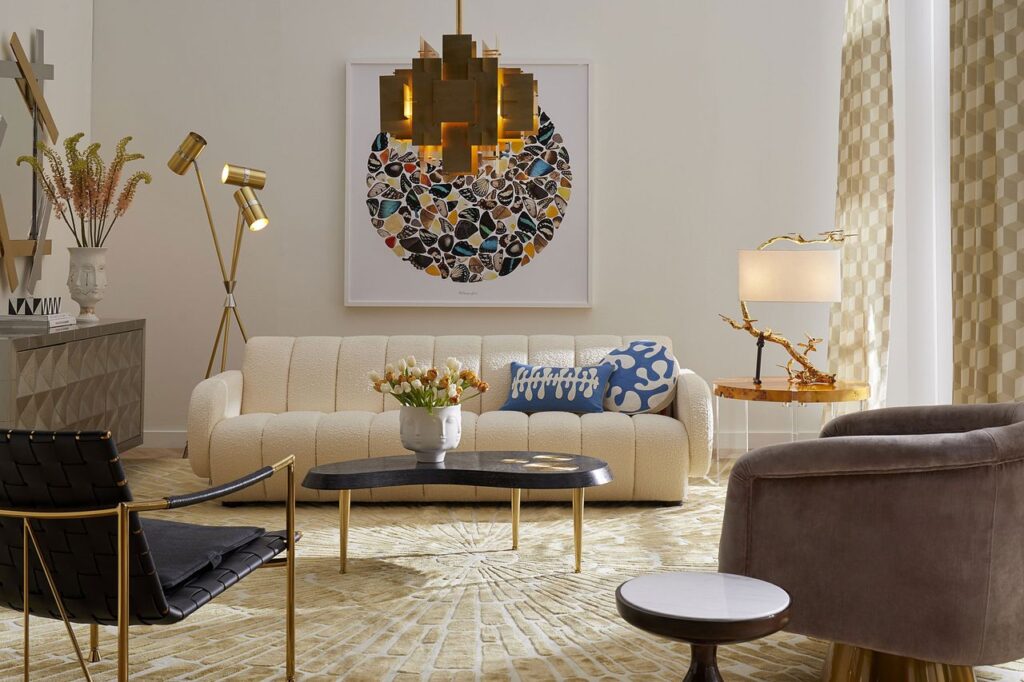
Energy Efficiency
Consider the energy efficiency of the picture light. LED lights are the most energy-efficient option and will save you money on your electricity bill.
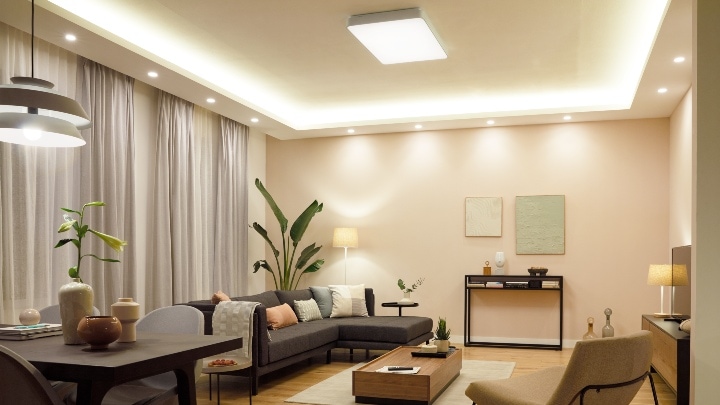
Installation
Think about the installation process. Some picture lights are easy to install yourself, while others may require professional installation. If you’re not comfortable with electrical work, it’s best to hire a professional.
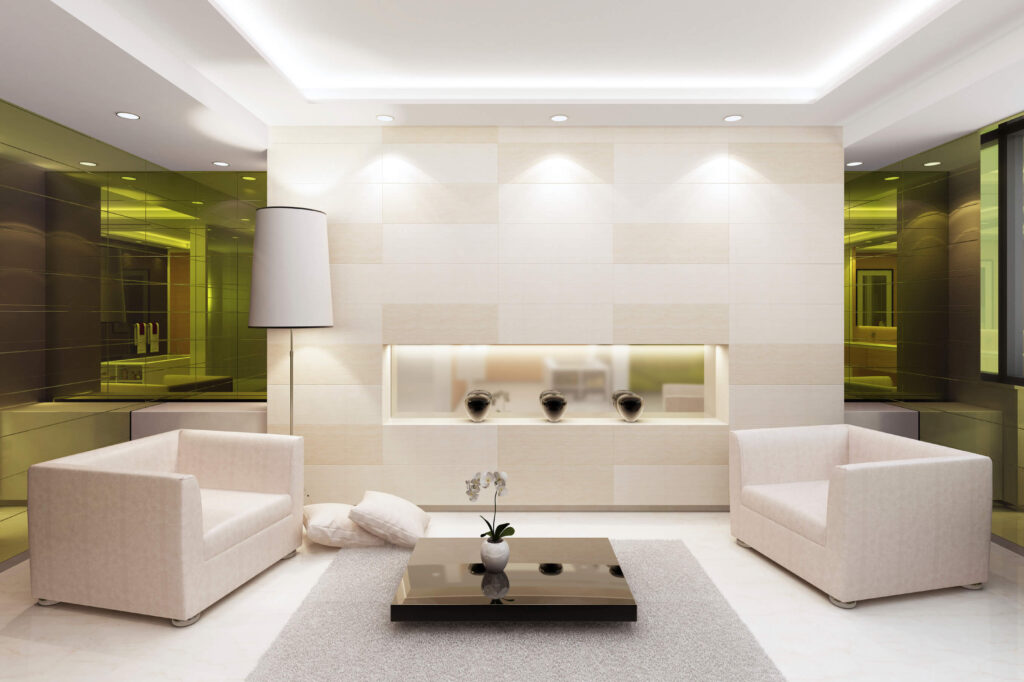
Installation Tips for Picture Lights
Once you’ve chosen the right picture lights, it’s time to install them. Here are some helpful tips:

- Placement: Position the light so that it illuminates the artwork evenly, without creating glare or shadows. The ideal distance from the artwork will depend on the type of light and the size of the artwork. A good rule of thumb is to position the light about one-third of the way down from the top of the artwork.
- Wiring: If you’re installing wired picture lights, be sure to turn off the power at the circuit breaker before you begin. Follow the manufacturer’s instructions carefully and use appropriate wiring connectors. If you’re not comfortable with electrical work, hire a professional.
- Mounting: Use appropriate mounting hardware to secure the picture light to the wall or frame. Make sure the mounting surface is strong enough to support the weight of the light.
- Testing: Once you’ve installed the picture light, turn on the power and test it to make sure it’s working properly. Adjust the angle of the light as needed to achieve the desired effect.
Beyond the Basics: Advanced Picture Lighting Techniques
Want to take your picture lighting to the next level? Here are some advanced techniques to consider:

Layered Lighting
Combine picture lights with other types of lighting, such as ambient lighting and accent lighting, to create a layered and dynamic lighting scheme. This will add depth and interest to your living room and make your artwork stand out even more.
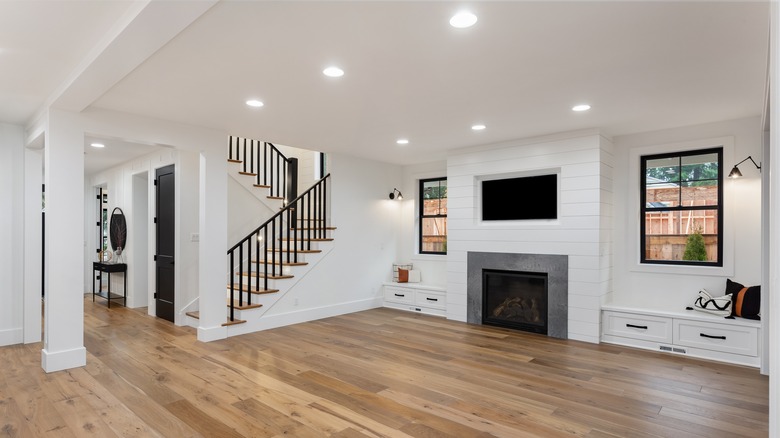
Dimmers
Install dimmers on your picture lights so you can adjust the light output to suit different moods and occasions. This will also help to extend the life of your light bulbs.
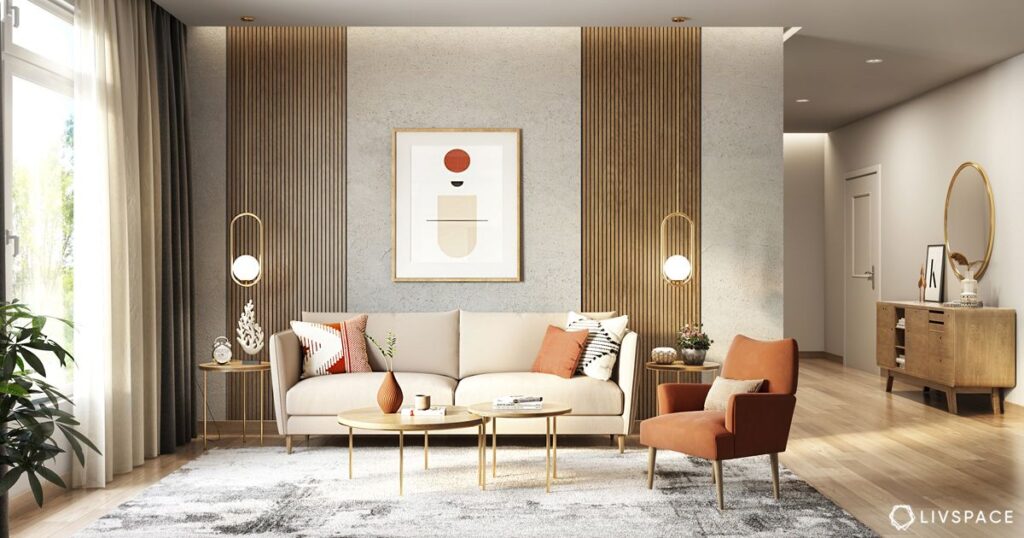
Smart Lighting
Consider using smart picture lights that can be controlled with your smartphone or voice assistant. This will allow you to adjust the brightness, color temperature, and even the angle of the light from anywhere in the room.
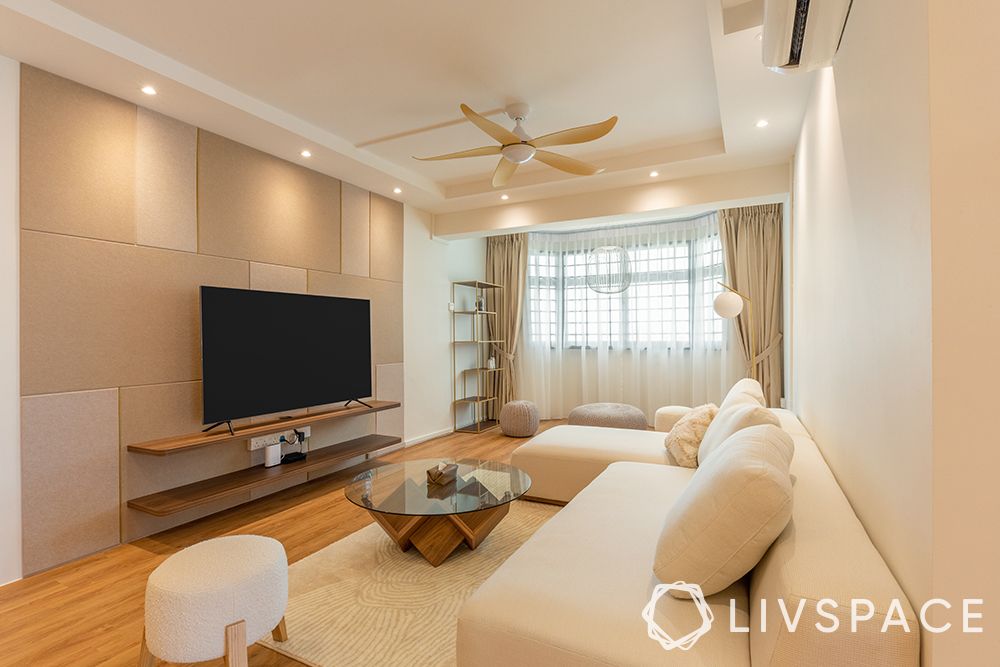
Using Filters
As mentioned earlier, using UV filters is crucial for protecting delicate artwork. Consider investing in filters that also adjust the color of the light to perfectly complement the piece. These filters are available in various tints and can enhance the visual impact of your artwork.
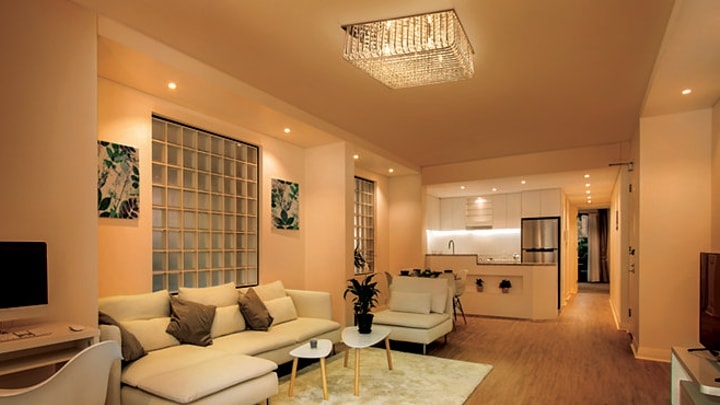
Creating a Focal Point
Use picture lights to create a focal point in your living room. By highlighting a single piece of artwork, you can draw the eye to that area and create a sense of drama and intrigue. This works especially well with larger, more striking pieces.
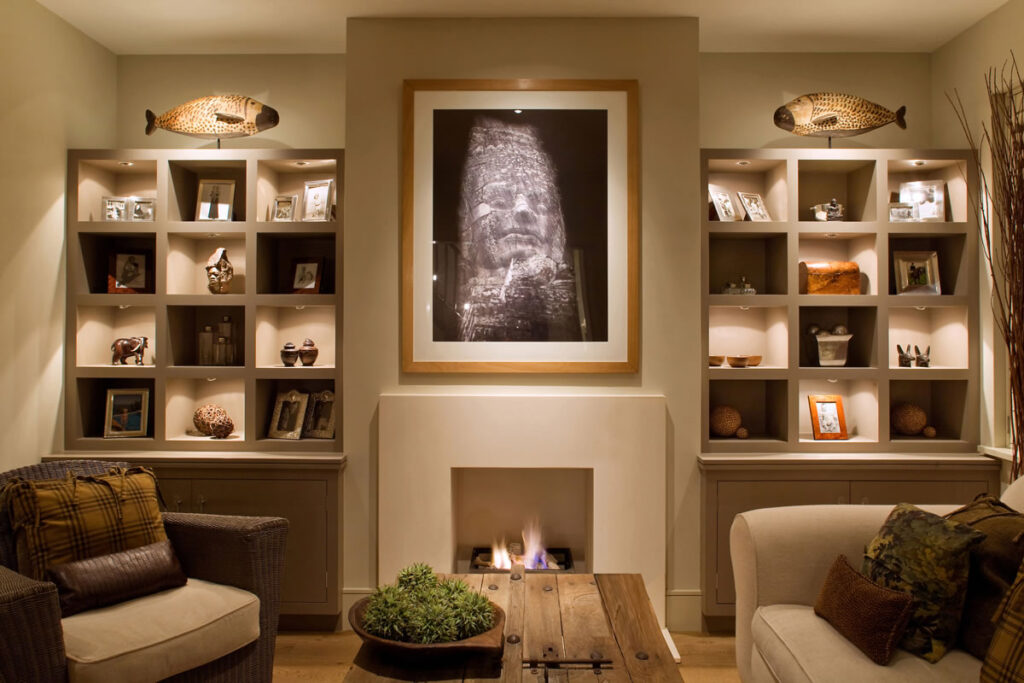
Troubleshooting Common Picture Lighting Problems
Even with careful planning and installation, you may encounter some common picture lighting problems. Here’s how to troubleshoot them:
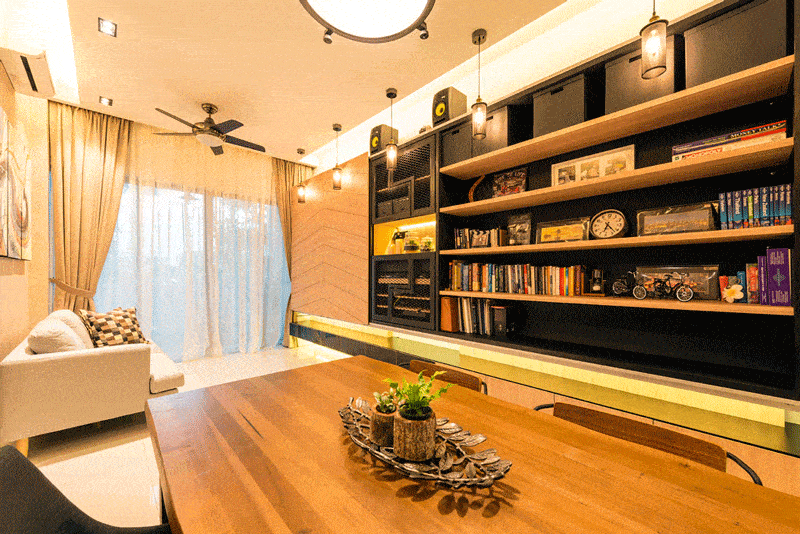
- Light is too bright: Try dimming the light or using a lower wattage bulb. You might also consider moving the light further away from the artwork.
- Light is too dim: Use a higher wattage bulb or move the light closer to the artwork. Make sure the bulb is clean and free of dust.
- Glare: Adjust the angle of the light to eliminate glare. You can also try using a diffuser to soften the light.
- Shadows: Experiment with different lighting positions to minimize shadows. You may need to use multiple lights to illuminate the artwork evenly.
- Flickering: Check the bulb and the wiring. A flickering light may indicate a loose connection or a faulty bulb.
Maintaining Your Picture Lights
To keep your picture lights working properly and looking their best, it’s important to maintain them regularly. Here are some tips:
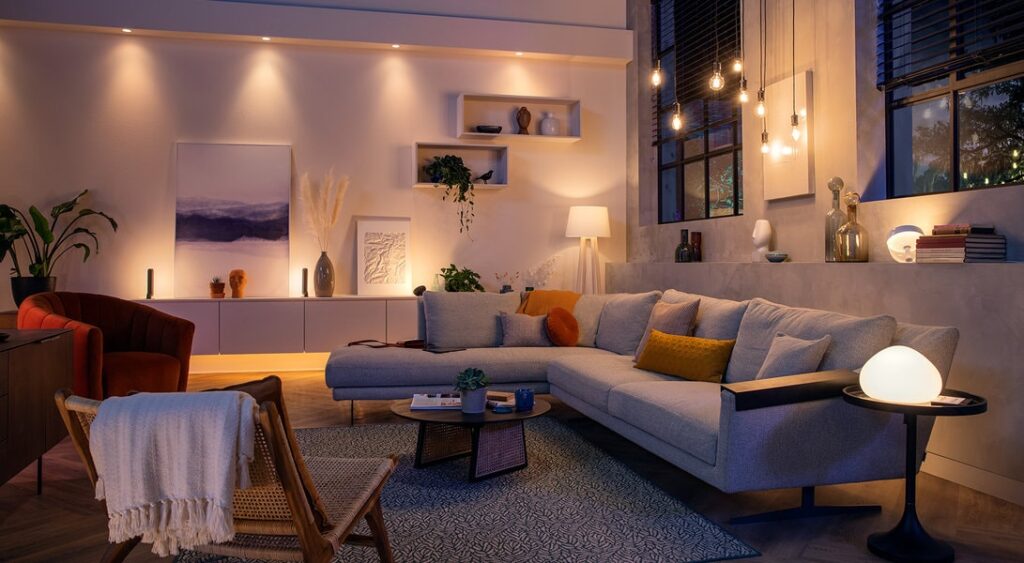
- Clean the lights regularly: Dust and dirt can accumulate on the lights, reducing their brightness and efficiency. Use a soft cloth to clean the lights regularly.
- Replace bulbs as needed: When a bulb burns out, replace it with a new bulb of the same type and wattage.
- Check the wiring: Periodically check the wiring for any signs of damage. If you notice any problems, contact a qualified electrician.
- Tighten connections: Make sure all connections are tight and secure. Loose connections can cause flickering or other problems.
The Future of Picture Lighting
The world of picture lighting is constantly evolving, with new technologies and innovations emerging all the time. Here are some trends to watch out for:
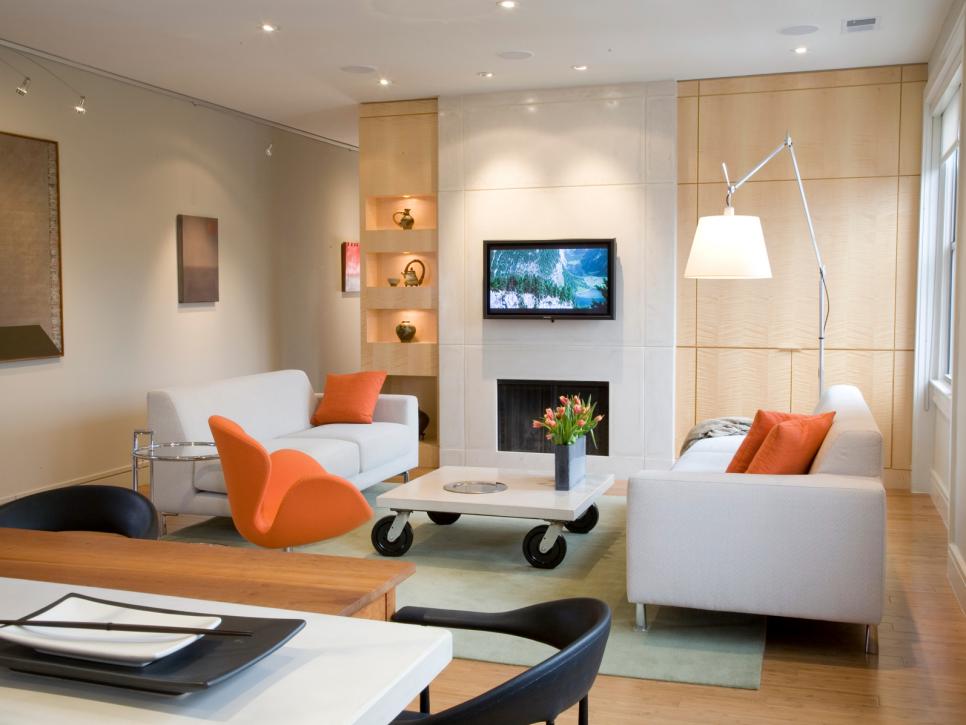
- Wireless lighting: Wireless picture lights are becoming increasingly popular, offering a convenient and flexible solution for lighting artwork without the need for wiring.
- Smart home integration: Smart picture lights are being integrated into smart home systems, allowing you to control them with your smartphone or voice assistant.
- Customizable lighting: Picture lights are becoming more customizable, allowing you to adjust the brightness, color temperature, and angle of the light to suit your specific needs.
- Sustainability: Increased focus on energy-efficient and eco-friendly lighting options, with manufacturers developing lights made from sustainable materials and using less energy.
Creating a Living Room Gallery: A Holistic Approach
Remember, picture lighting is just one piece of the puzzle when creating a stunning living room gallery. Consider these other factors as well:
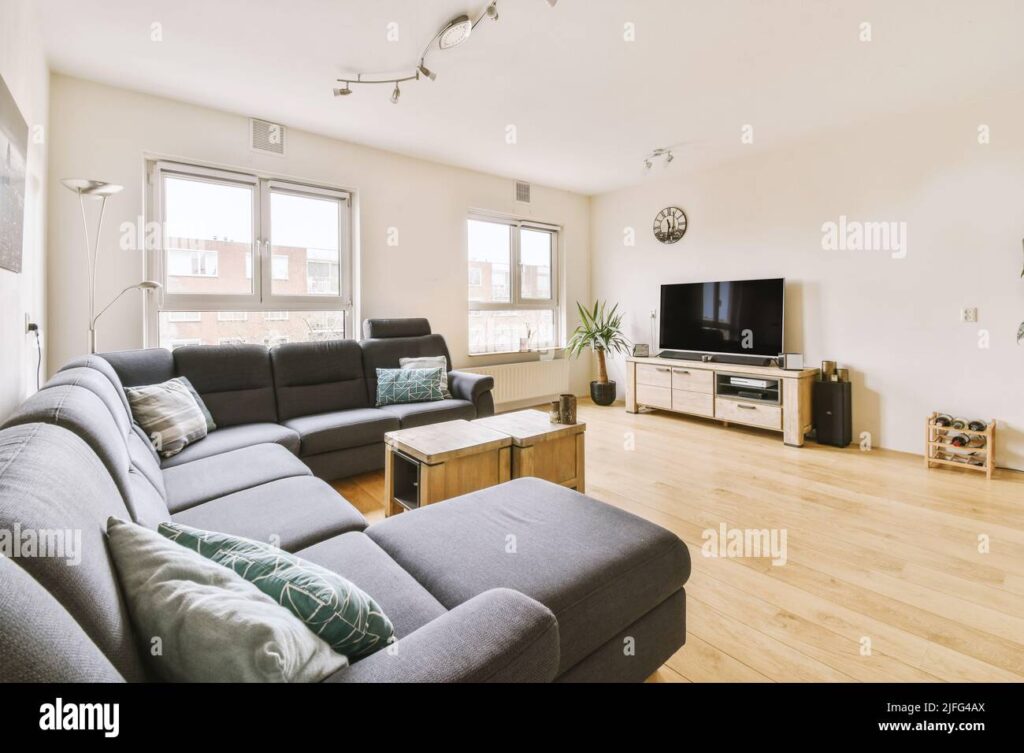
- Wall Color: Choose a wall color that complements your artwork. Neutral colors are generally a safe bet, but you can also experiment with bolder colors to create a more dramatic effect.
- Framing: The frames you choose can have a big impact on the overall look of your gallery. Choose frames that complement the style of your artwork and the décor of your living room.
- Layout: Experiment with different layouts to find the one that works best for your space. Consider the size and shape of your artwork and the overall balance of the gallery wall.
- Accessories: Add accessories, such as plants, sculptures, and other decorative objects, to add interest and personality to your gallery.
- Personal Touches: Ultimately, your living room gallery should reflect your personal style. Don’t be afraid to experiment and add your own unique touches to create a space that you love.
Conclusion: Illuminate Your Passion
Choosing the right picture lights for your living room gallery is an investment in your art and your home. By understanding the different types of lights available, considering your art style and room décor, and following these installation and maintenance tips, you can create a stunning and inviting space that showcases your cherished pieces in their best light. So go ahead, illuminate your passion and transform your living room into a gallery that you’ll be proud to show off!
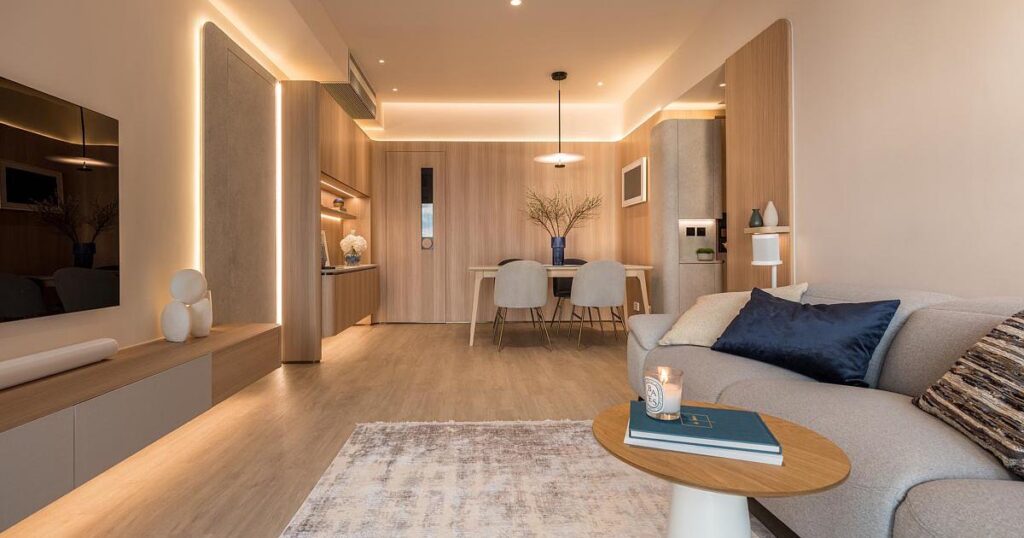
 Nimila
Nimila
